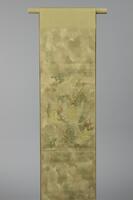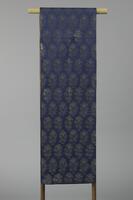18 UMMA Objects
18 UMMA Objects
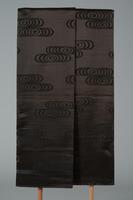
Japanese (Japanese (culture or style))
Obi
20th century
Gift of Howard and Patricia Yamaguchi
2013/2.379
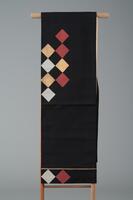
Japanese (Japanese (culture or style))
Obi
20th century
Gift of Howard and Patricia Yamaguchi
2013/2.383
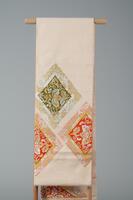
Japanese (Japanese (culture or style))
Obi
20th century
Gift of Howard and Patricia Yamaguchi
2013/2.375
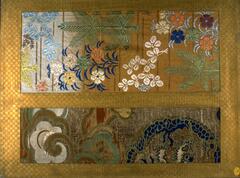
Japanese (Japanese (culture or style))
One of Four Panels of Textile Fragments: Kinran and Karaori
17th century
Transfer from the College of Architecture and Design
1972/2.44.1

Japanese (Japanese (culture or style))
Dark purple kimono with overall jacquard woven pattern of chrysanthemums in dark brown, silver, and gold
1930 – 1950
Gift of Howard and Patricia Yamaguchi
2005/1.393
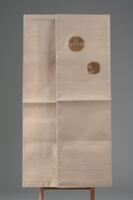
Japanese (Japanese (culture or style))
Obi
20th century
Gift of Howard and Patricia Yamaguchi
2013/2.386

Japanese (Japanese (culture or style))
Zori
20th century
Gift of Howard and Patricia Yamaguchi
2013/2.422A&B

Japanese (Japanese (culture or style))
Obi jime
20th century
Gift of Howard and Patricia Yamaguchi
2013/2.448
Loading…


